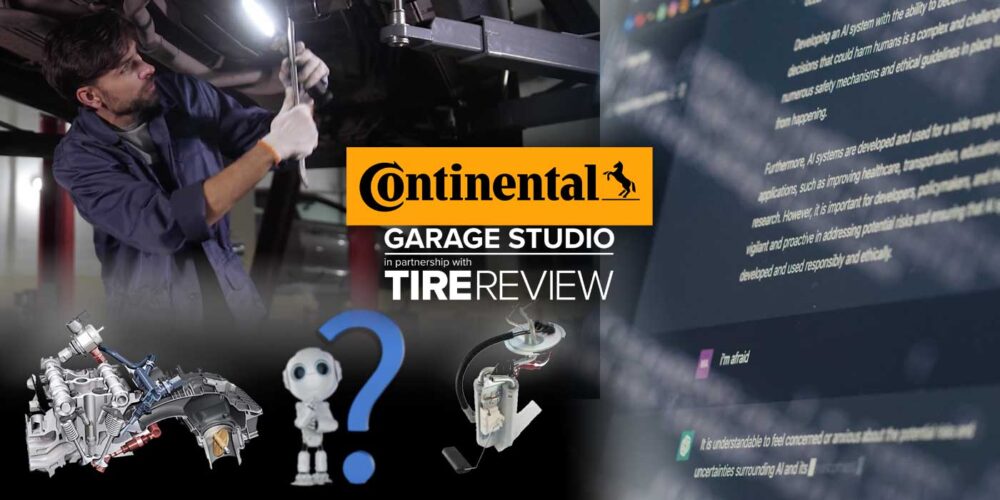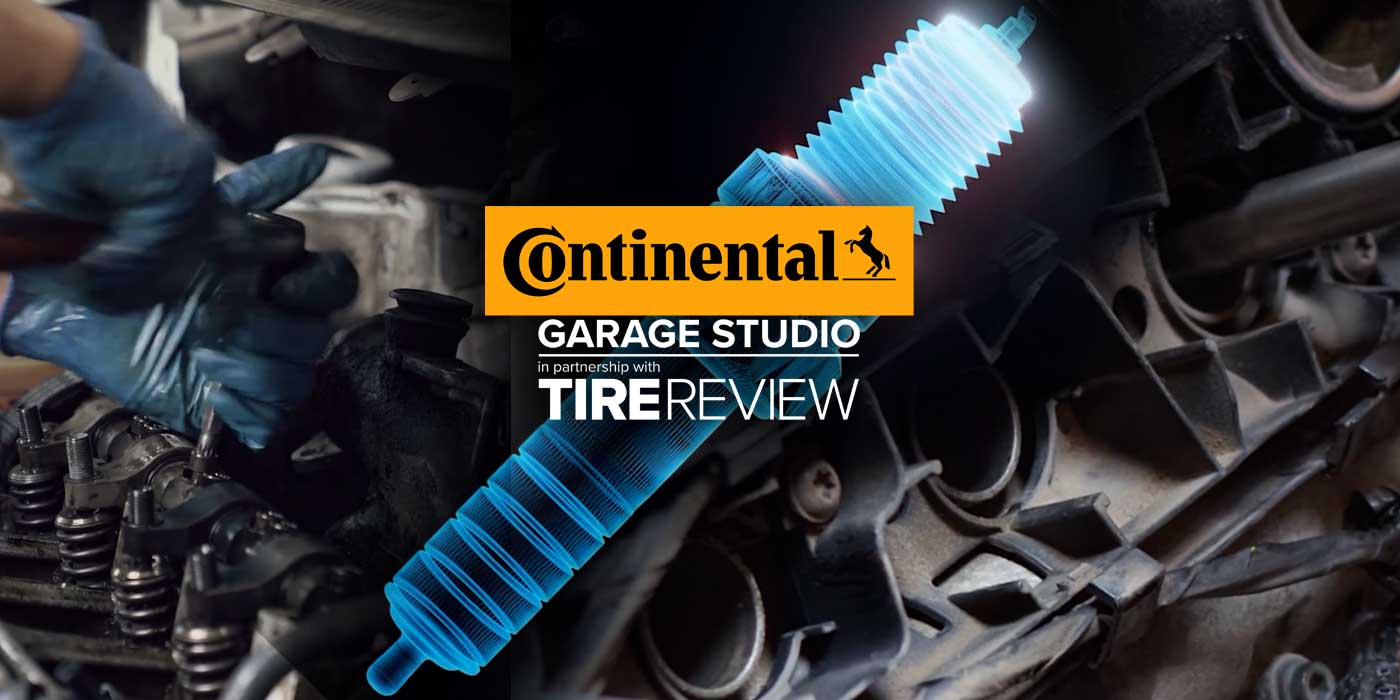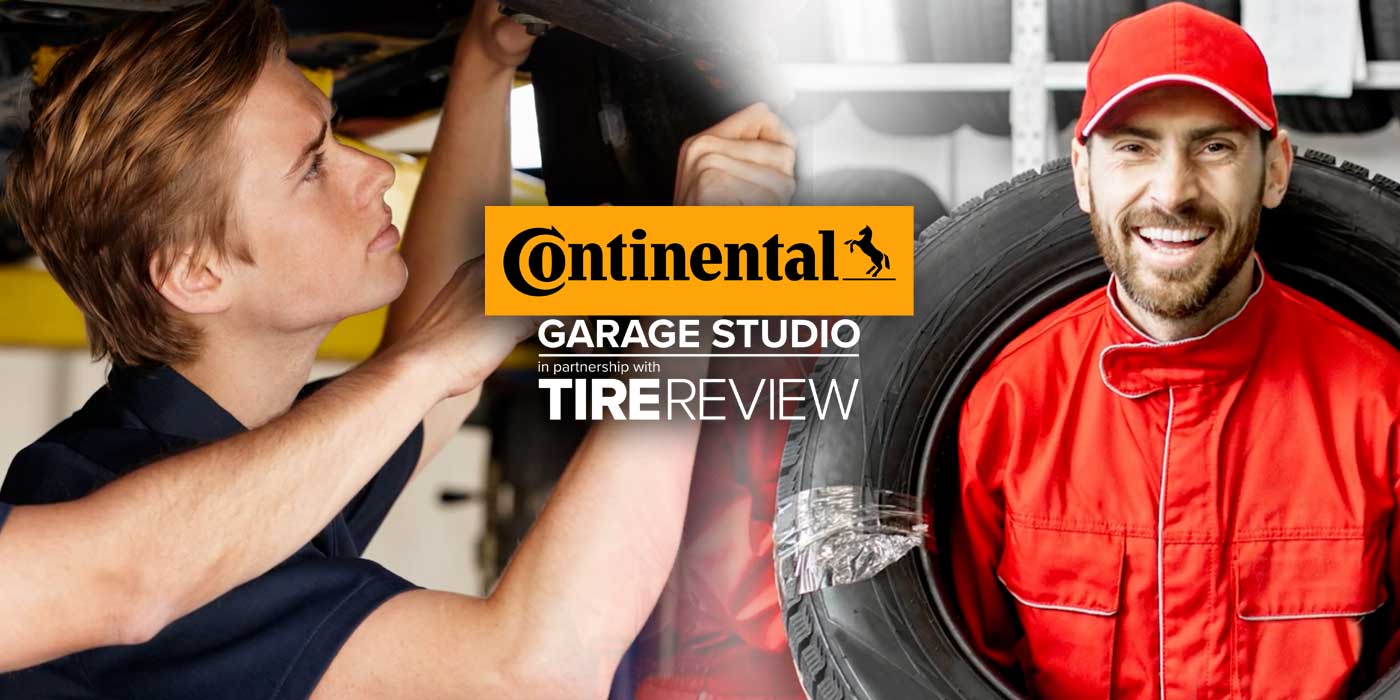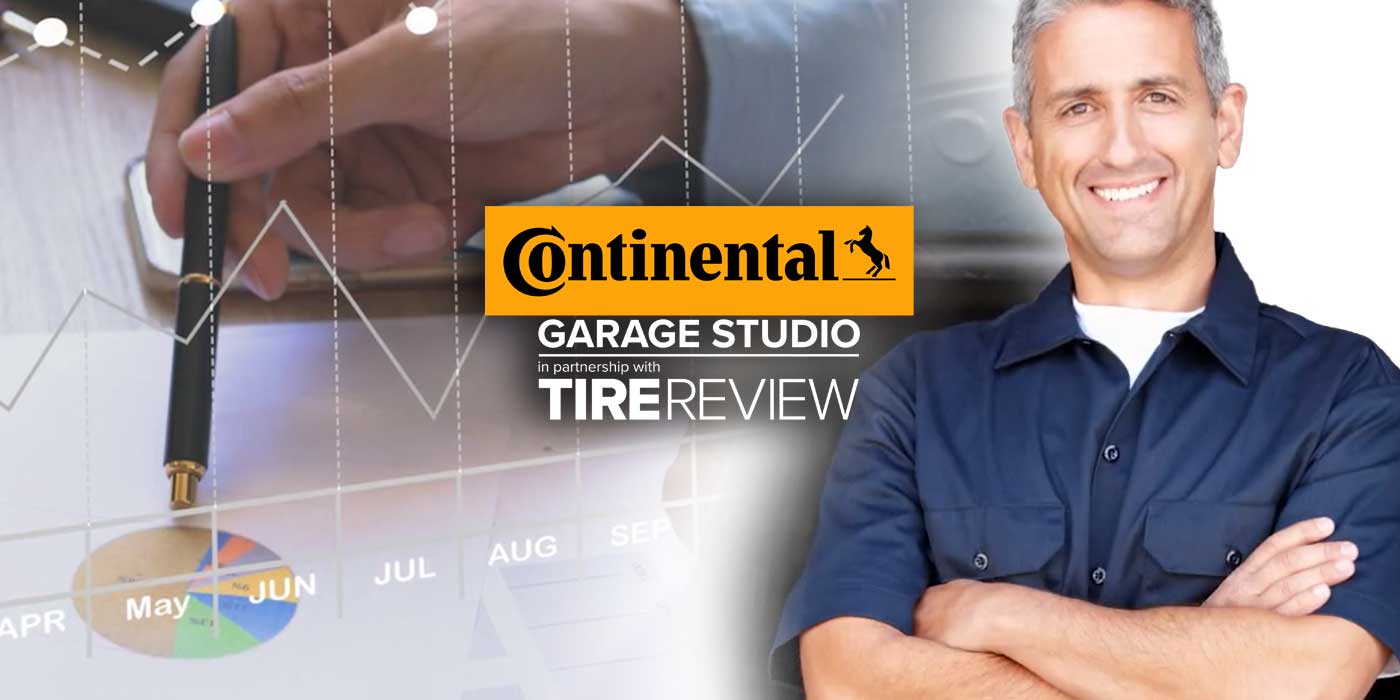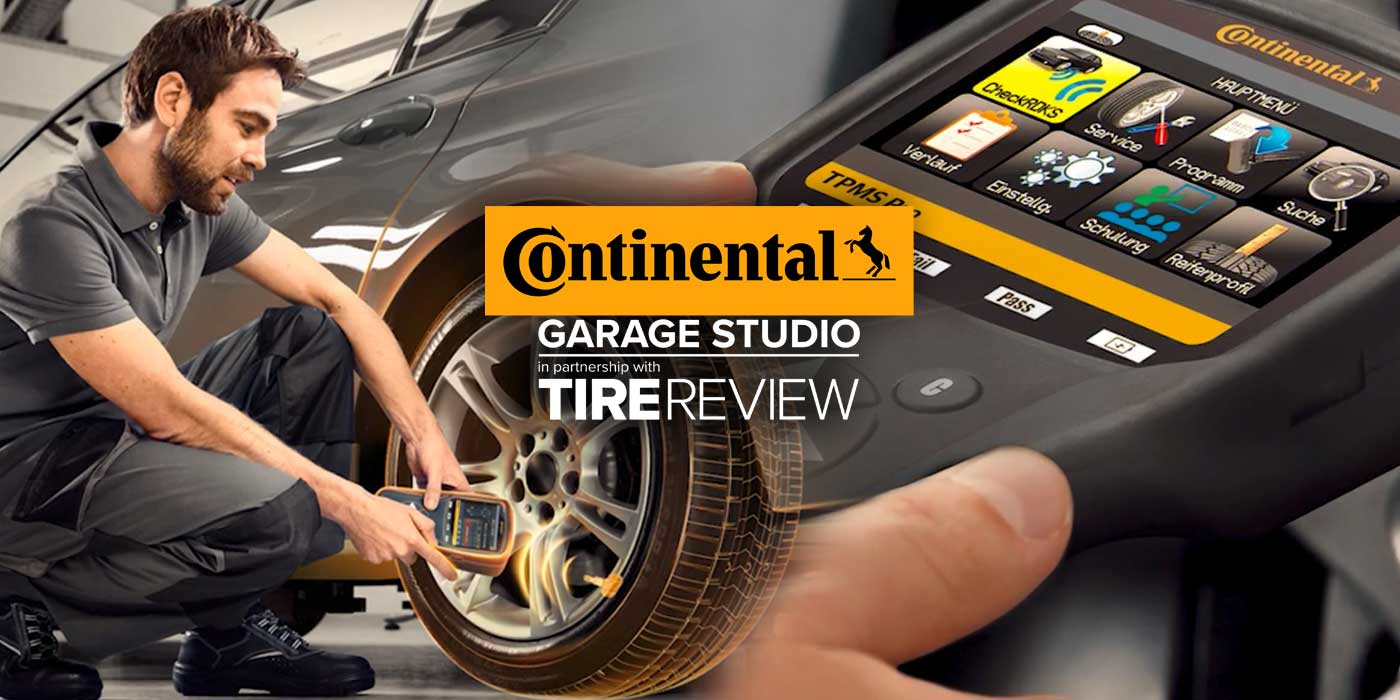As a tire dealer, I am sure you have one or two TPMS tools laying around your shop. While they may be popular, diagnosing a malfunction might seem a bit confusing at times and somewhat time-consuming. Not to mention if you have to reprogram a diagnostic tool to meet the vehicle’s application specifications.
In this Tire Review Continental Tire Garage Studio video, we discuss what TPMS is and the tools used to program it.
TPMS is a federally mandated passenger vehicle system. As part of the Transportation, Recall, Enhancement, Accountability and Documentation (TREAD) Act that passed in 2000, vehicle manufacturers have to include a system that warns drivers if one or more of the tires were significantly underinflated. And, by 2007, all passenger vehicles from then on required TPMS.
A TPMS sensor is the central nucleus for each of your four tires which learns each individual code. TPMS sensors are programmed to work with specific vehicle make, model and year.
If customers have to replace their TPMS sensors because of repairs or tire rotations, the TPMS sensor is programmed to the vehicle and relearned with a TPMS tool to indicate which sensors are in which tires. Oftentimes, with indirect systems, that means a connection to the OBDII port to complete the relearn.
A good TPMS tool displays what type of relearn the specific vehicle you are servicing needs. A few ways to relearn a system include automatic, stationary and OBD II relearns. An automatic relearn involves driving the vehicle for about 20 minutes while the sensors tell the control module its ID and position. It is rare, but some vehicles automatically relearn TPMS after a test drive. A stationary relearn is when your technician puts the system in relearn mode through a series of OE-specified steps. Lastly, the OBD relearn uses a TPMS tool to connect to the vehicle via the OBD port to relearn the sensor IDs and their position in the control module.
Some basic TPMS scanning tools may not have the capability to do anything when it comes to advanced repairs or relearning, but they do have the ability to wirelessly check tire pressure if a vehicle has TPMS. These basic scanners also let your technicians know whether a TPMS sensor is functioning or not. Though it’s overlooked, it’s a vital step in limiting liability!
Don’t forget to follow us on Instagram and Twitter @Tire_Review and subscribe to our YouTube channel for more tire service and shop operations videos. Thanks for watching!





